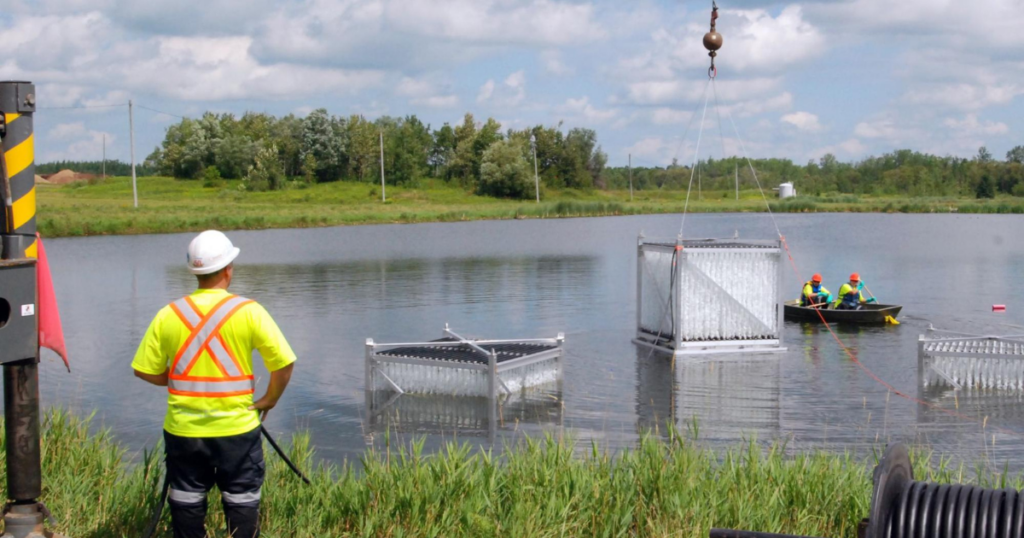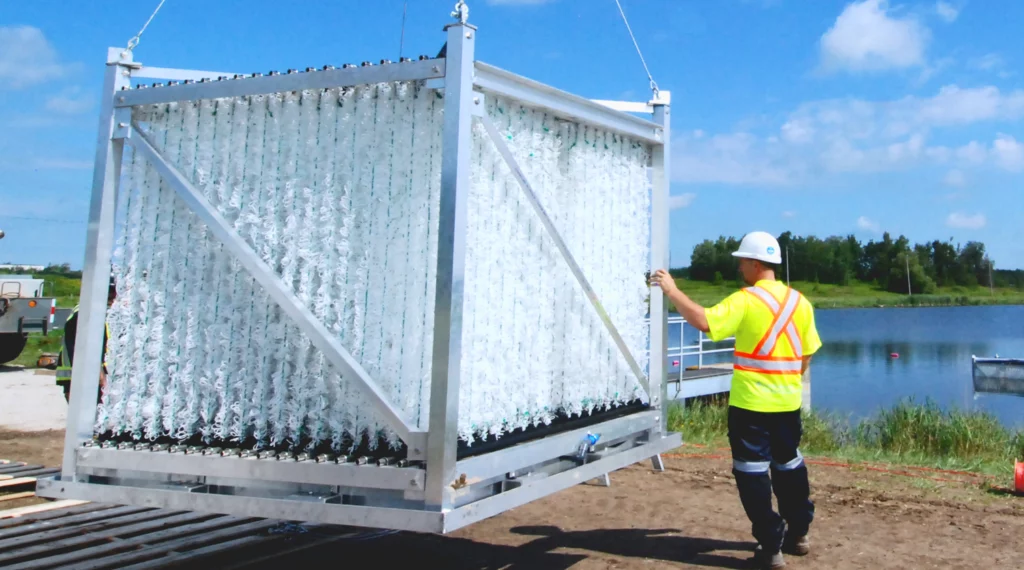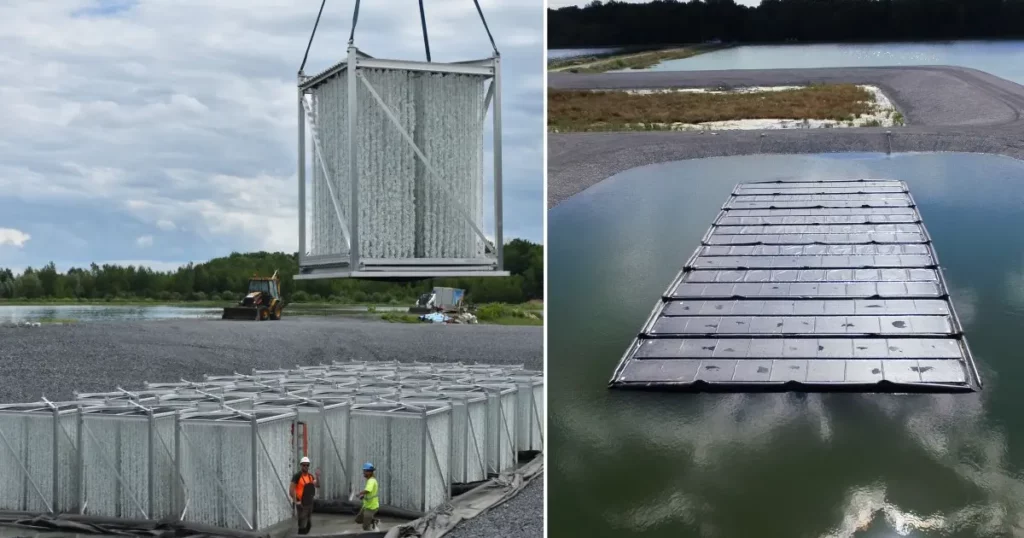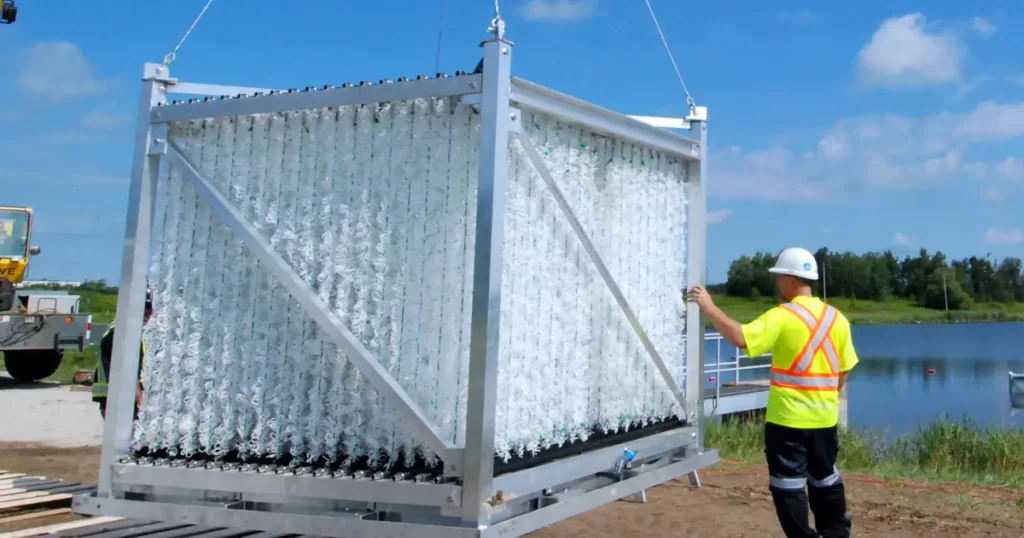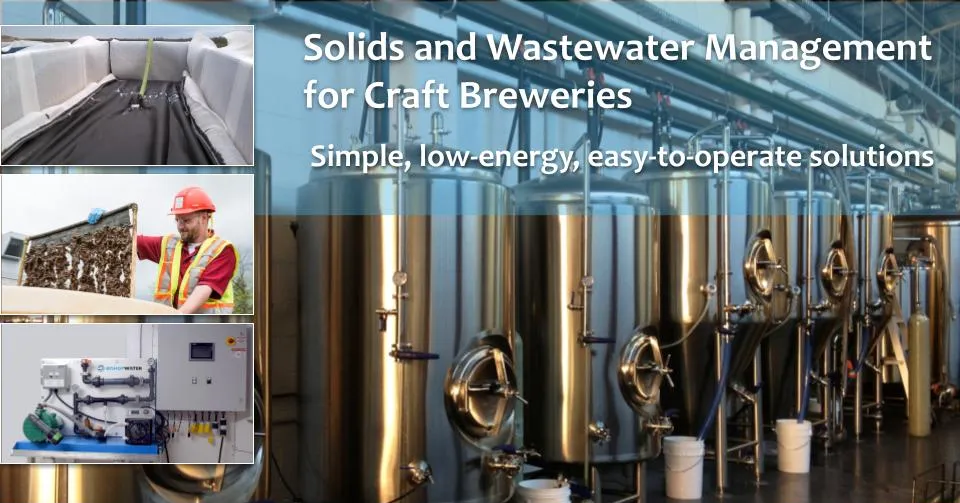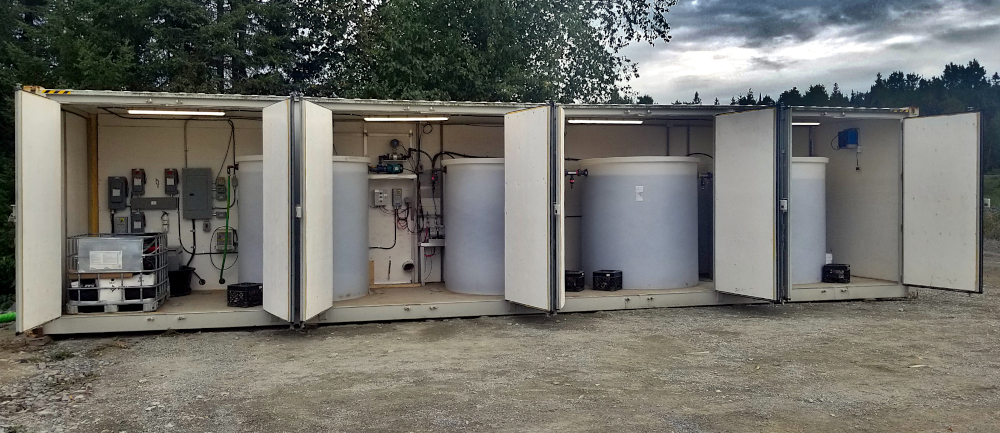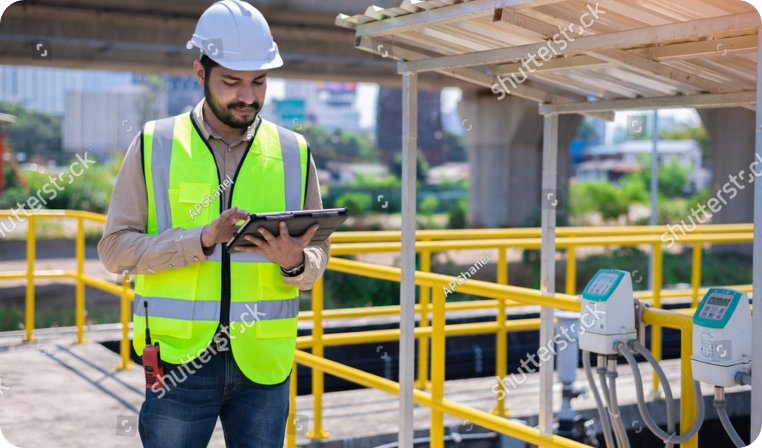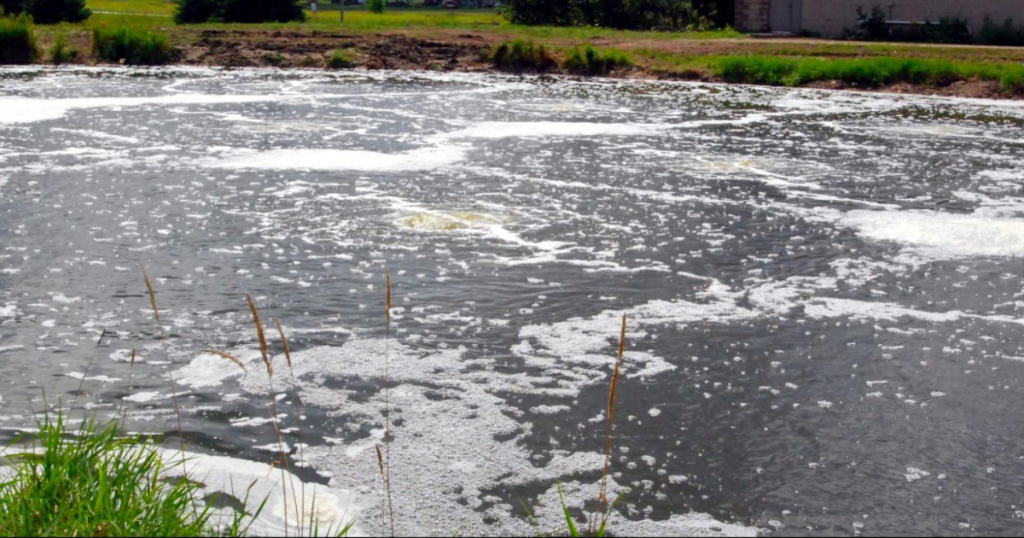
ARTICLE
The cold reality of nitrification - why aerating may not improve winter lagoon nutrient removal
Installing or increasing aeration in a wastewater lagoon is a common strategy to improve nitrification and ammonia nutrient removal. This upgrade can provide great results in warmer seasons, but as temperatures fall towards freezing, aeration might not be enough to maintain nitrification and produce effluent that complies with discharge standards.
Why aeration alone isn’t enough
On paper, aeration seems like it can help improve nitrification. Ideally, aeration should add 4.6 kg of oxygen for every kg of ammonia to be converted to nitrate and dissolved oxygen should be maintained at about 3 mg/L. But the equation doesn’t account for temperature.
As winter approaches and the temperature of the wastewater declines, so does the rate of nitrification. Nitrifying bacteria are very temperature sensitive so wastewater ammonia removal can experience a significant drop when the water temperature reaches about 15°C and can stop entirely at 5°C or less. At this point, aeration still provides mixing and adds oxygen to the wastewater, but nitrifying bacteria are unlikely to respond to the conditions and no ammonia removal will occur.
Build a better home for nitrifying bacteria
BioCord® Reactors provide a solution. This attached growth system is like a condominium for bacteria that is installed directly into a wastewater lagoon and provides a massive surface area on which cold-tolerant nitrifying bacteria can grow. Once the biofilm is established nitrifying bacteria respond to changes in nutrient loading and maintain nitrification for ammonia removal even when the wastewater temperature is as low as 1°C.
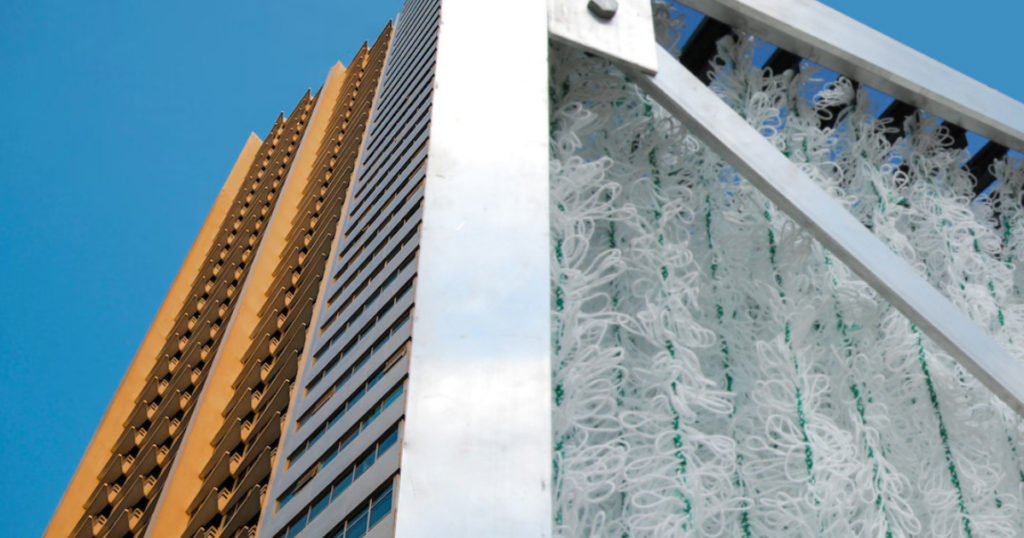
Each BioCord Reactor incorporates an integrated fine-bubble aeration system that provides high oxygen transfer to the biofilm, scours excess biofilm and prevents ice from forming around the BioCord cell. Operational experience in laboratories, pilot systems and permanent installations validates BioCord’s ability to provide robust, resilient cold-weather ammonia removal and dramatically improve the capacity and performance of a wastewater lagoon.
